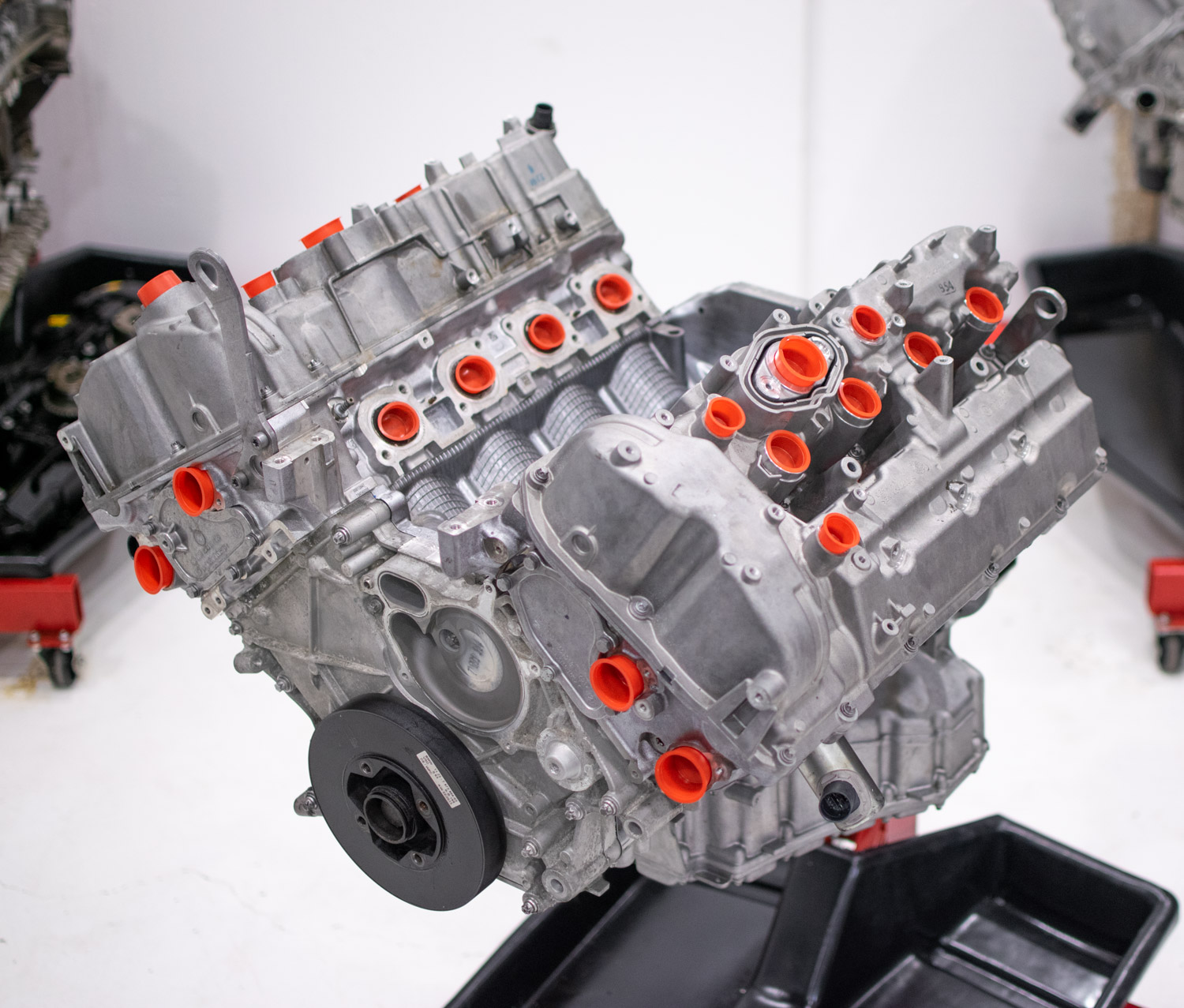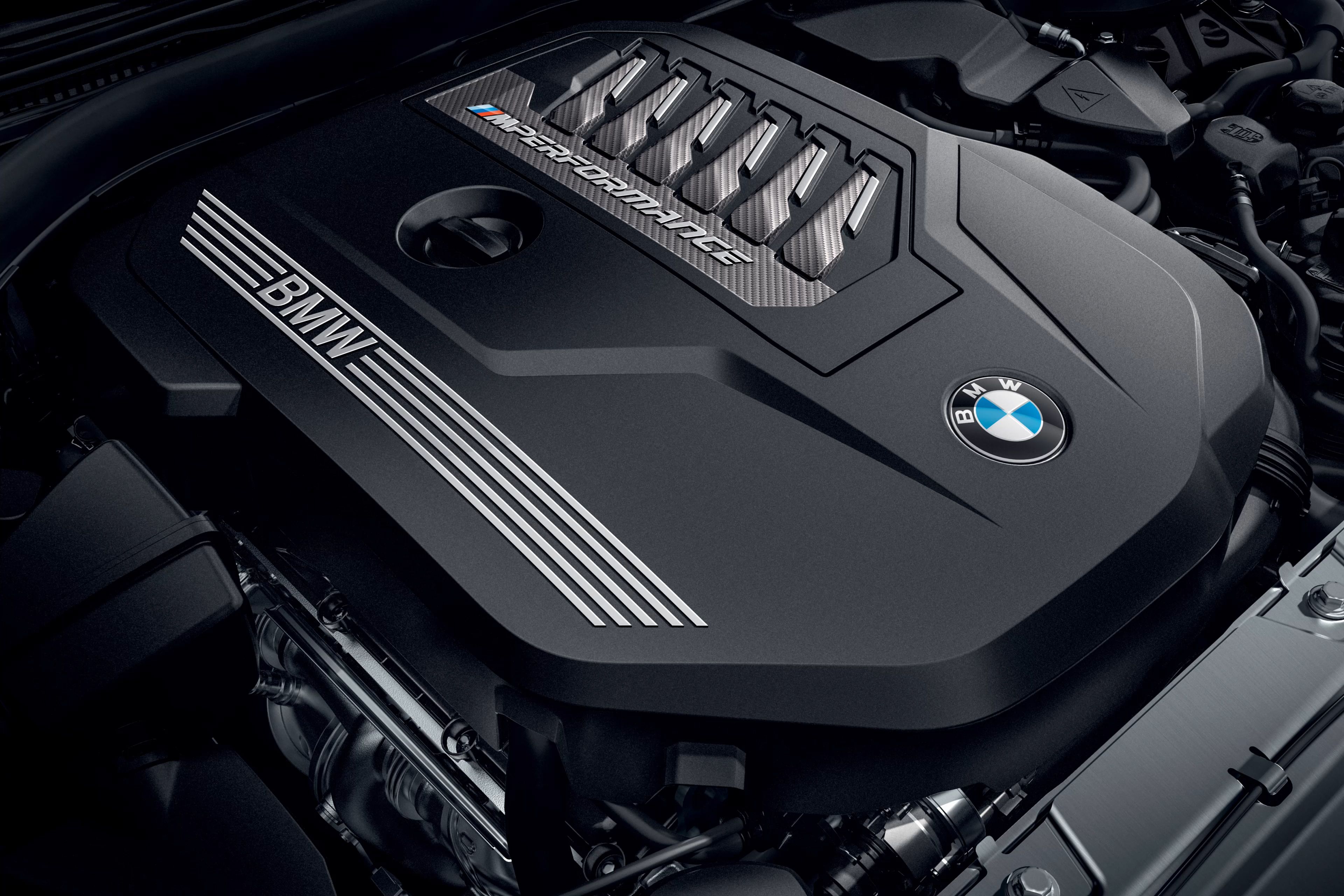A Comprehensive Guide to Comprehending BMW Engine Specs
A Comprehensive Guide to Comprehending BMW Engine Specs
Blog Article
Exploring the Development of Burning Engines in Modern Transport Systems
As we navigate the landscape of modern transport, the development of combustion engines stands as a testimony to human resourcefulness and engineering expertise. The interplay of history, modern technology, and environmental problems in forming the trajectory of combustion engines develops a narrative that is both informative and compelling.
Very Early Beginnings of Combustion Engines
How did the idea of burning engines first arise in the very early stages of transport growth? The roots of combustion engines can be mapped back to the 17th century when the concepts of internal combustion were initial explored.
The development minute included the development of the first successful gasoline-powered engine by Karl Benz in 1885 - bmw engine. This engine led the means for the advancement of the contemporary auto, transforming transport systems worldwide. Subsequent innovations by Nikolaus Otto and Gottlieb Daimler even more fine-tuned burning engine modern technology, resulting in the automation of cars and the quick expansion of the transportation market
These very early combustion engines were defined by their simplicity and effectiveness, laying the foundation for the complex and powerful engines used in contemporary transportation systems. The development of combustion engines has contributed fit the means we take a trip and deliver products, marking a significant milestone in the history of transport growth.
Shift to Internal Combustion Modern Technology
The shift to interior combustion modern technology noted a critical shift in the evolution of transport systems. This shift began in the late 19th century, with developers like Nikolaus Otto and Gottlieb Daimler establishing the first effective interior combustion engines. These engines changed transport by providing a more reliable and powerful alternative to vapor engines and electric motors.
Among the crucial advantages of inner burning engines was their ability to be reduced to suit vehicles, bring about the advancement of motorcycles and cars. This shift from large, stationary engines to portable, mobile ones led the way for the contemporary transport systems we see today.
The shift to inner combustion modern technology also stimulated advancements in gas technology, causing the development of gas and diesel as key fuel resources for vehicles. This shift not just made transportation much more obtainable to the masses however additionally laid the foundation for the oil and gas market to come to be integral to worldwide economic situations.
Impact of Combustion Engines on Transport
The fostering of combustion engines in transportation systems catalyzed a profound shift in the performance and rate of global wheelchair. Burning engines changed transport by providing a flexible and trusted source of power for various cars, consisting of autos, ships, airplanes, and trucks. This advancement dramatically boosted the ability for products and people to conform fars away in shorter amount of time, resulting in enhanced connectivity between areas and nations.
Furthermore, the widespread use combustion engines has actually had a substantial effect on financial growth. The capability to deliver items successfully has stimulated trade and commerce, allowing companies to expand their markets and reach customers worldwide. This has actually assisted in economic growth and globalization, as items can currently be delivered quicker and in larger amounts than ever.
Nevertheless, the environmental impact of burning engines can not be neglected. The combustion of fossil gas has actually resulted in air pollution and greenhouse gas exhausts, adding to climate adjustment and presenting health and wellness risks to populaces. bmw engine. Consequently, there is a growing focus on creating alternative propulsion technologies to minimize these unfavorable results and produce a more lasting future for transportation
Innovations in Burning Engine Style
Numerous innovations in combustion engine layout have propelled the development of transportation systems over the years. One notable technology is the advancement of turbocharged engines, which make use of exhaust gases to drive a wind turbine that presses incoming air, permitting more gas to be burnt, leading to raised power outcome without a substantial boost in engine dimension. this page In addition, direct shot technology has actually improved fuel performance and performance by exactly regulating the amount and timing of fuel infused into the combustion chamber. Variable shutoff timing systems have actually also reinvented engine layout by optimizing air flow at various engine speeds, enhancing both power and effectiveness. Another considerable innovation is the integration of lightweight materials such as carbon fiber and light weight aluminum alloys, lowering overall engine weight and enhancing automobile gas economy. Additionally, improvements in computer-aided layout have enabled engineers to enhance engine efficiency and performance via simulations prior to physical models are constructed, saving time and resources in the growth procedure. These technologies jointly add to the continual renovation of burning engines in contemporary transport systems.
Future Fads in Burning Engine Development
With technology improvements driving continual development, the future of burning engine development is positioned to revolutionize transportation systems globally. One of the vital patterns in burning engine development is the push in the direction of better efficiency and decreased emissions.
An additional famous trend is the adoption of crossbreed technologies in combustion engines. Crossbreed engines incorporate traditional combustion innovation with electrical power, supplying improved learn the facts here now fuel effectiveness and reduced exhausts. As the automotive industry shifts towards electrification, crossbreed burning engines are viewed as a transitional option that links the gap between traditional automobiles and totally electrical ones.
Moreover, the integration of smart innovations, such as expert system and information analytics, is expected to play a significant role in the future of burning engine development. These innovations can maximize engine efficiency in real-time, causing more efficient combustion procedures and boosted total lorry efficiency. Accepting these future patterns will not only drive development in go to this website combustion engine development but also add to an extra environmentally friendly and lasting transport ecological community.

Verdict
Finally, the evolution of burning engines in modern transport systems has actually been noted by substantial innovations in modern technology and layout. From the very early starts of combustion engines to the transition to internal burning modern technology, these engines have actually had an extensive effect on transportation. Developments in combustion engine design remain to drive progression in this area, with future patterns focusing on more boosting effectiveness and minimizing discharges. The future of combustion engines in transport looks encouraging as r & d efforts proceed to push boundaries.
The roots of combustion engines can be mapped back to the 17th century when the concepts of interior combustion were initial checked out. These engines revolutionized transport by providing a more effective and efficient choice to steam engines and electrical motors.

Report this page